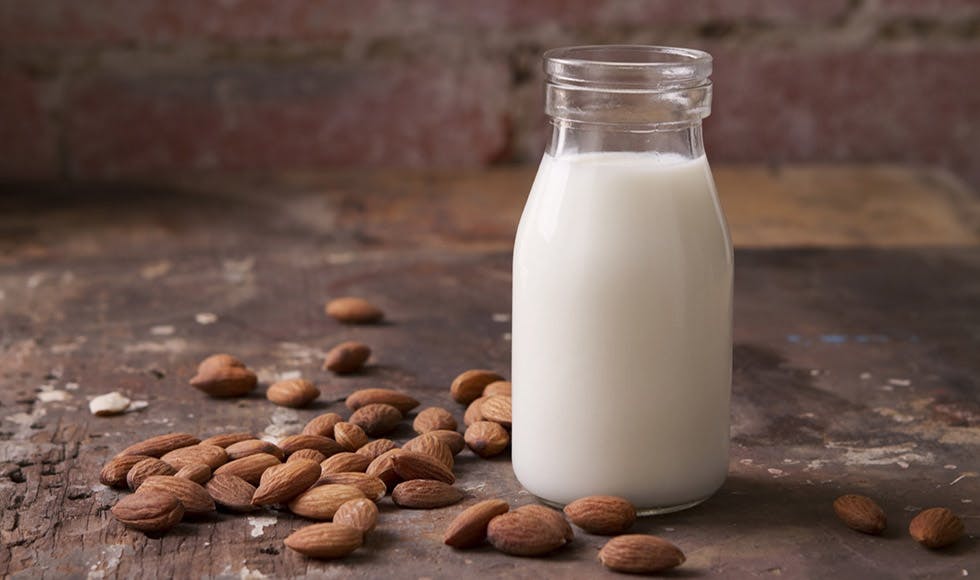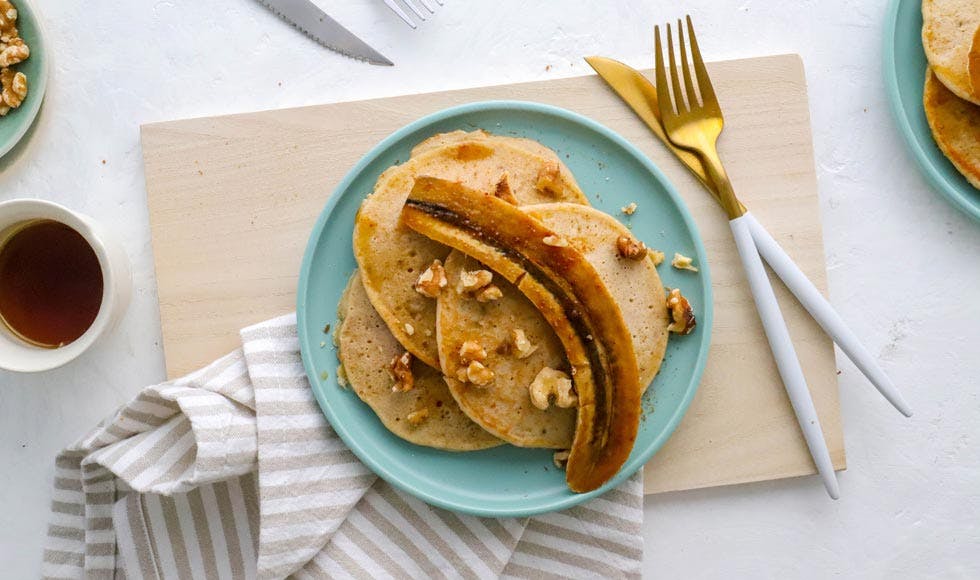
- Health hub/
- Arthritis, joint, bone & muscle/
- How to ease joint stiffness


Hot and cold therapy
Icing a painful joint is recommended for injuries. But, it may also help relieve mild pain and stiffness too.
Try placing a cold pack or frozen peas wrapped in a tea towel on your stiff joints. Ice can help relieve pain and swelling caused by inflammation. Cold therapy may reduce inflammation and also numb pain. That’s because the blood vessels supplying the joint constrict when they get cold. So, the vessels supply less blood to the area, reducing inflammation.Icing a painful joint shouldn’t be for longer than 20 minutes, 8 or 10 times a day.
Heat has the opposite effect to cold and increases blood flow, loosening muscles and soothing the body. Starting the day soaking in a nice warm bath or hot shower can help relieve stiffness.
Why more movement is actually better
Stiff, sore joints may be helped with gentle exercise. Moving the joint and stretching it through its full range of motion can increase blood flow to the area. Stretching can also loosen tight muscles on either side of the joint. Swimming and walking are perfect activities for extending your range of motion and loosening the joints without jarring the body. Your physiotherapist could give you some exercises to do.
Jarring exercises like jumping, boxing or running may not be recommended on stiff, sore joints. Listen to your body.
Losing weight
If you have stiffness in your knees, hips or feet, reducing your weight may help ease pain and stiffness in these joints. Losing weight may give you the energy to move even more. And, movement in these joints should improve your symptoms. The less weight you carry on these important joints may also prevent further injuries in the future.
Eating whole foods
Some food may increase arthritis flares and avoiding them can help reduce your symptoms. Overly processed foods, such as some breakfast cereals, chips and baked goods are high in calories but low in nutrients. Salt and sugar are often added to compensate.
Excess salt and sugar both may increase inflammation in the body which is not ideal for already swollen joints. You may try minimising your consumption of foods with added salt and sugars like chips, pizza, doughnuts and lollies.
Recognising which foods make you feel better and worse can help you better manage your arthritis symptoms. Keeping a food diary for a week is a great way to do this. A diet rich in fruit and vegetables, whole grains and plenty of water is recommended.
Make sure you’re getting the right vitamins and minerals
When everyday activities cause pain, this can negatively affect your mood. Pain can discourage you from participating in activities you once enjoyed. This can spiral into less time with friends and family. At this stage, arthritis may be affecting your mental wellbeing.
Be mindful of your thoughts and emotions. Speak to your doctor if you feel like your mental health is suffering.
Talk to your friends and family about what activities are best for you, and try to include them. Go for a walk or swim together at the local pool. Do moderate exercises together on days when you can manage your arthritis.




